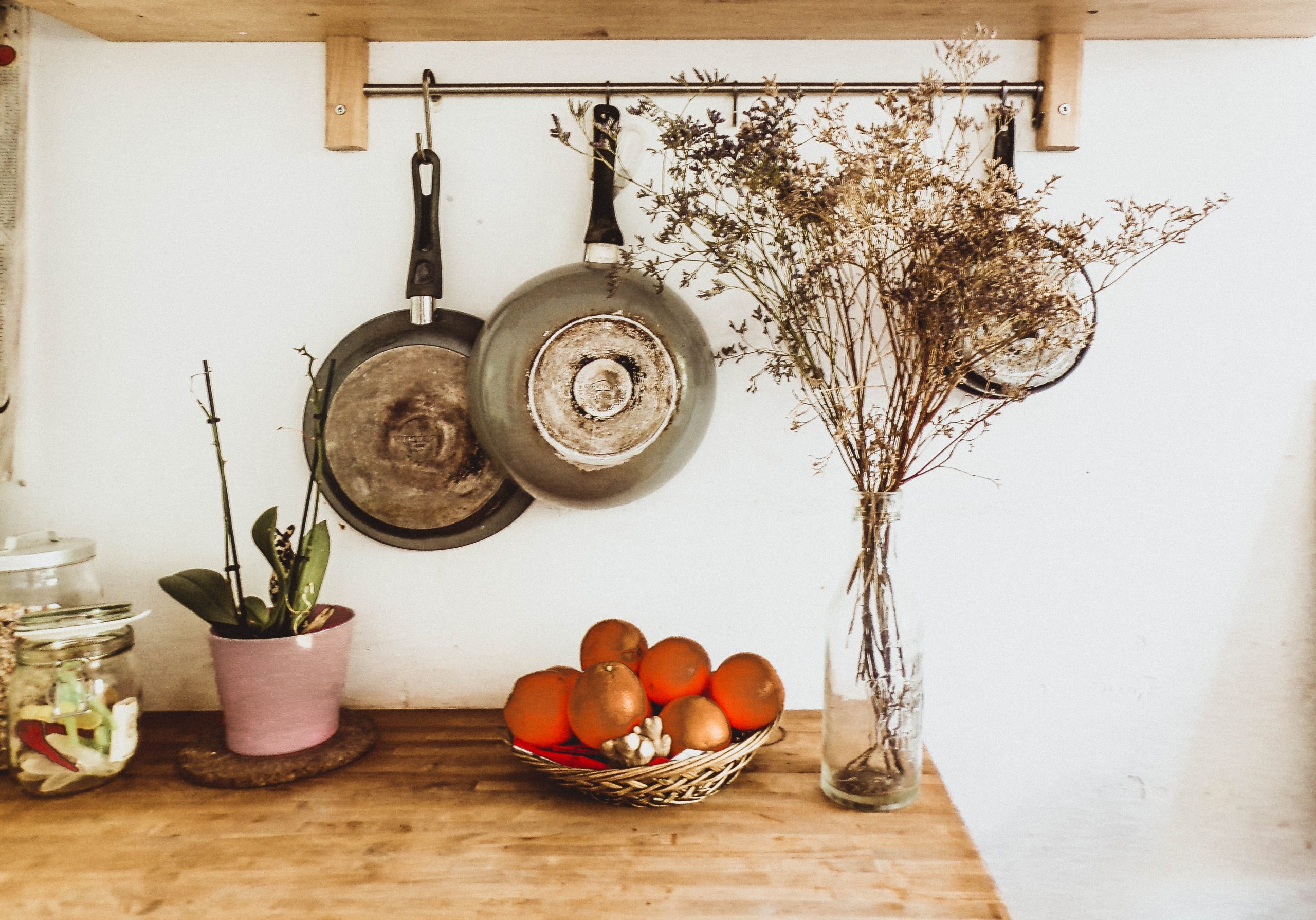How to grow oranges in your orangery or conservatory
When we think of where oranges come from, most of us picture Mediterranean groves and hot summer sun. And we’re not really wrong! It’s absolutely true that only certain parts of the world have the natural outdoor climate required to grow oranges.
Oranges were first domesticated in and around Myanmar – oranges appear in Chinese literature around 300 BC). After that, they made their way westwards, arriving in Spain sometime around 1000 AD and in the Caribbean with Christopher Columbus. All of these places sit on or around the tropics, and are therefore very favourable to orange-growing. All of the big orange-producing areas in Spain, Brazil, the USA, China, India and the near East have average yearly temperatures of between 15 and 28 degrees centigrade.
On the other hand, we have southwest England — notoriously soggy, chilly and blustery.
This doesn’t mean you should give up on your orange-growing dream! In the 18th and 19th centuries, kings and lords across northern Europe decided that they, too, wanted to grow citrus fruit. To do so, they built glass-roofed structures to their palaces and residences called orangeries. Heated and well-lit all year round, they mimicked oranges’ natural growing conditions so well that they allowed citrus to be grown as far north as St. Petersburg!
The trend spread around the world. The orangery is now less common than its close cousin the conservatory, but both conservatories and orangeries can provide the perfect conditions for growing oranges.
 Architect Designed Living Spaces
Architect Designed Living Spaces
 Finance Options Available
Finance Options Available










